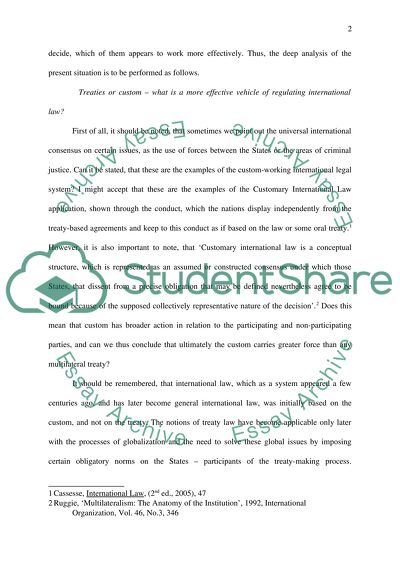Cite this document
(“Multilateral treaties vs. customary international law Essay”, n.d.)
Retrieved from https://studentshare.org/miscellaneous/1515742-multilateral-treaties-vs-customary-international-law
Retrieved from https://studentshare.org/miscellaneous/1515742-multilateral-treaties-vs-customary-international-law
(Multilateral Treaties Vs. Customary International Law Essay)
https://studentshare.org/miscellaneous/1515742-multilateral-treaties-vs-customary-international-law.
https://studentshare.org/miscellaneous/1515742-multilateral-treaties-vs-customary-international-law.
“Multilateral Treaties Vs. Customary International Law Essay”, n.d. https://studentshare.org/miscellaneous/1515742-multilateral-treaties-vs-customary-international-law.


